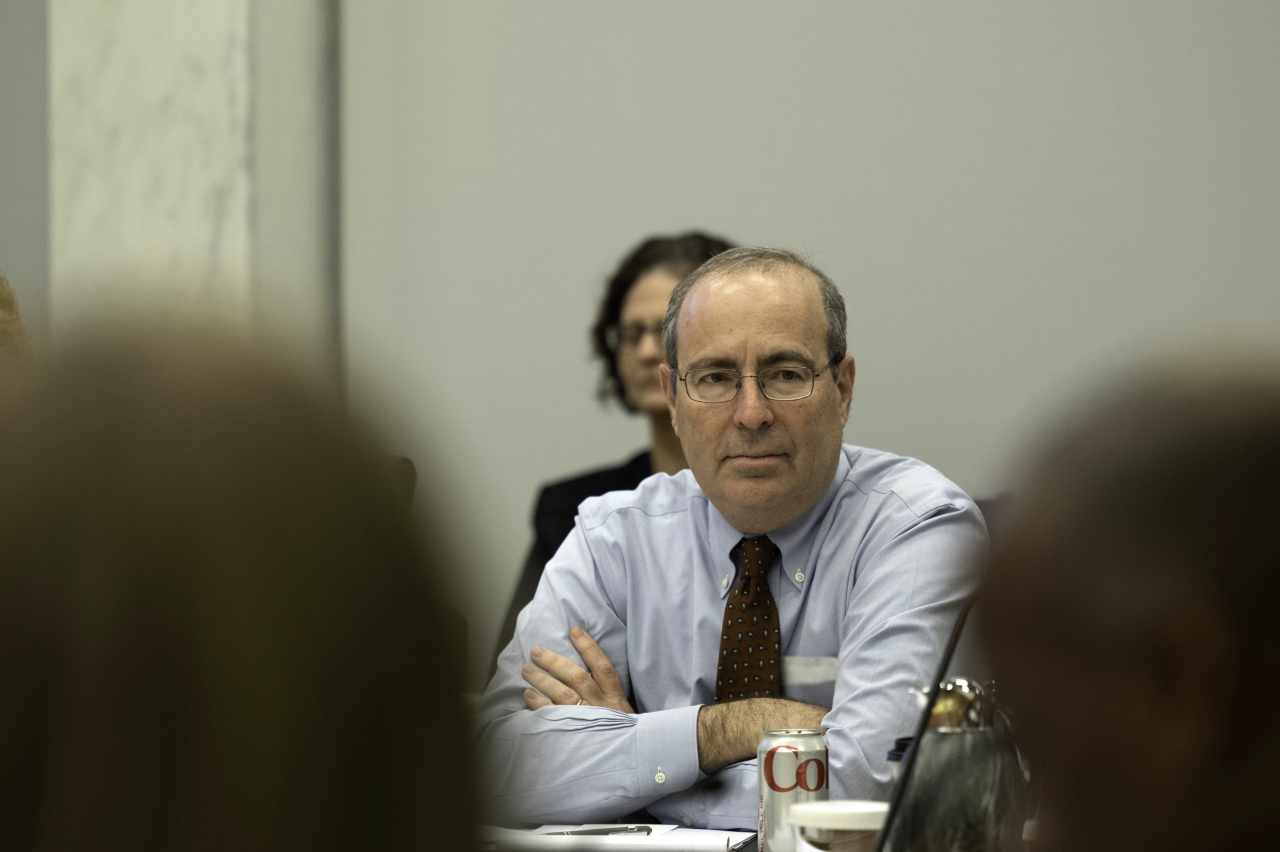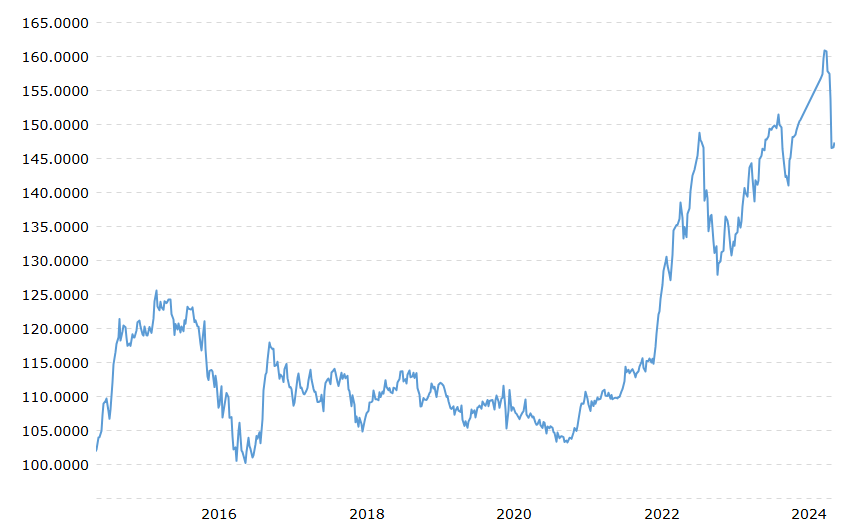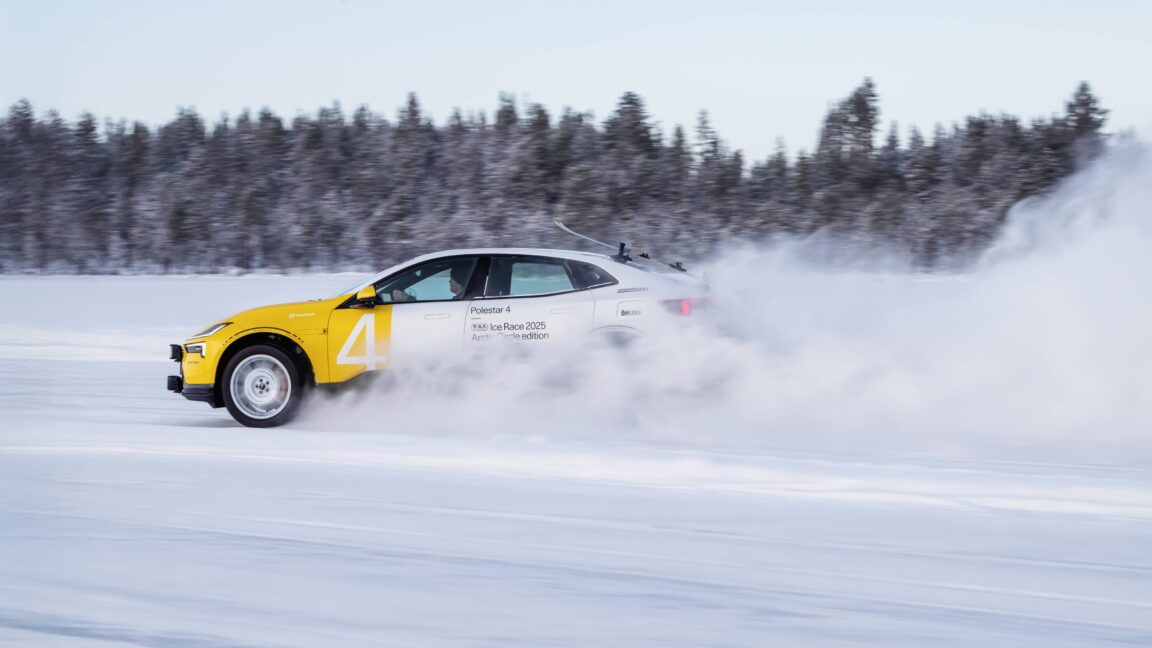Edit Content
Trending






Post-fire tree planting significantly accelerates forest recovery in burned areas, increasing regrowth rates by 25.7%.
That’s according to a first-of-its-kind study by researchers at the Ecological Research Institute (ERI) of Northern Arizona University, recently published in the journal Forest Ecology and Management.
Recent policy changes and significant financial investments aim to accelerate tree planting efforts nationwide; however, the large-scale effectiveness and impact of post-fire planting has remained largely unknown, until now.
Lead author Kyle Rodman, an ERI research scientist, said this study gives researchers and policymakers alike an in-depth look at the effectiveness of tree replanting in landscapes that have been increasingly affected by wildfires.
“The annual area burned by wildfires has risen significantly since the 1980s,” Rodman said. “The size and severity of these fires has also grown, and some affected areas are unlikely to recover naturally or within the time frames desired without replanting.”
These landscapes now account for approximately 80% of the reforestation needs across Forest Service lands, yet in the past decade, only 6% of these post-fire needs have been addressed.
“For more than a century, tree planting has been a primary method for accelerating forest recovery after wildfires and other disturbances,” Rodman said.
Reforestation activities are widely practiced, yet complex questions remain regarding their efficacy. The lack of cross-regional collaboration and information exchange limits opportunities to refine and enhance reforestation practices on a larger scale.
“A lot of knowledge about tree planting and its impact has been developed through the successes and failures of management practices in local areas, and small-scale research studies focused on individual planting projects,” Rodman said. “There is a lot to be gained from broader sharing of knowledge, which allows us to learn from one another and improve outcomes.”
Findings from this study can help land managers identify areas where tree planting will yield the greatest benefits following a wildfire, he said.
In the largest study to date, ERI researchers looked at nearly 300 fire events spanning from 1987 to 2022 on Forest Service lands in western states that were subsequently planted with tree seedlings to promote forest recovery. They used remote sensing techniques and field-based survival records to quantify outcomes of post-fire planting activities.
Following Forest Service directives and common practices, post-fire tree planting focused on areas with insufficient natural regeneration. Seeds collected from local trees or specialized improvement areas were grown into seedlings at federal nurseries, then packaged, stored and transported to project sites. Some areas were prepared to improve soil or reduce competing vegetation before planting. While most planting occurred within three years of a fire, some took place up to 30 years later.
Overall, the researchers found that tree planting can enhance post-fire forest recovery rates, though its effects are dependent on a range of environmental and operational factors.
Researchers discovered that 79.5% of planted trees survived at least one summer, but success is heavily influenced by the planting season and moisture availability. Cold and wet areas experienced higher rates of forest cover change and early seedling survival due to reduced moisture stress.
Planting in spring and early summer (before June 30) was most effective in these regions, while late-season planting was better suited for warm, dry areas where aridity limits seedling establishment.
Post-planting weather also played a significant role: moderate to wet conditions improved survival by up to 20%, while warm, dry conditions reduced it. These findings underscore the importance of environmental conditions and seasonal timing in reforestation success.
Discover the latest in science, tech, and space with over 100,000 subscribers who rely on Phys.org for daily insights. Sign up for our free newsletter and get updates on breakthroughs, innovations, and research that matter—daily or weekly.
Practitioners can use tools like drought-adapted species, resilient nursery practices and site-targeted planting strategies to mitigate environmental challenges. Incorporating climate forecasts can help identify favorable conditions for planting, while prioritizing sites based on expected drought risks further improves reforestation success.
“Reforestation efforts, including strategic tree planting, are emerging as critical tools to combat rising carbon emissions and restore the integrity of forest ecosystems,” Rodman said. “As severe wildfires intensify across the western United States, driving significant forest loss, the demand for reforestation has surged, leaving behind a growing backlog of areas in need of restoration.”
Beyond the practical benefits, forests provide recreational spaces that enhance mental and physical well-being, fostering a deeper connection to nature and improving quality of life.
“People living near forests want to see these landscapes preserved after wildfires,” Rodman said. “It’s clear that the effort to plant seedlings and restore these forests is worthwhile, both for the environment and for the communities that rely on them.”
More information: Kyle C. Rodman et al, Green is the New Black: Outcomes of post-fire tree planting across the US Interior West, Forest Ecology and Management (2024). DOI: 10.1016/j.foreco.2024.122358
Provided by Northern Arizona University
Citation: Green is the new black: Study sheds light on reforestation and post-fire recovery (2025, February 3) retrieved 3 February 2025 from https://phys.org/news/2025-02-green-black-reforestation-recovery.html
This document is subject to copyright. Apart from any fair dealing for the purpose of private study or research, no part may be reproduced without the written permission. The content is provided for information purposes only.
©2024. Livebuzznews. All Rights Reserved.